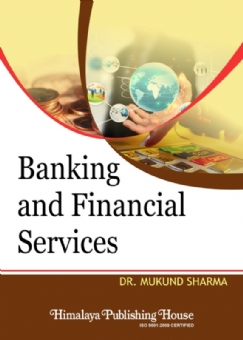Tomorrow has suddenly arrived. The onset of twenty-first century has seen the Modern Office undergoing a technical revolution resulting in radical changes. A comparison of today’s office with the office of a decade earlier explains the advent of information explosion and tremendous transformations resulting in the way in which the office was managed undergoing a rapid and remarkable change. Information technology is changing with the speed of thought and the management of Modern Office is now much faster, expeditious and a lot better.
The advent of Internet, E-mail, Pen Drive, Tablet PC, Blue-ray Disc, Voice and Handwriting Recognition Software, PC enabled Mobile Phones, Internet Mobile Phones, 3G, 4G, 4GS and i phone 5, g phones, Voice Mai l, Wi -Fi Technology, Broadband spectrum, L.C.D., L.E.D. And Plasma T.V.s, Tele and Videoconferencing, CISCO Telepresence, 3D Videoconferencing, LAN and WAN, Vennfur, Vivid Of f ice 2000, Cloud Computing, Virtualisation and Ubuntu and several other technologies and gadgets have changed the face of Modern Office. The phrases like “The Paperless Office”, “The Global Office”, “The Mobile Office”, and the “Office in Your Picket” have come to be recognised as relevant and feasible.
The contemporary office is providing innumerable opportunities to be capitalised by the Modern Office Manager. Unless the Modern Office Manager is willing to think about the future constantly and incorporates the changes that are taking place, he is destined to find a place in oblivion.
The present thoroughly revised and enlarged ninth edition of the book “Office Organisation and Management” incorporates most of the changes that have taken place in the realm of Office Management. The book has been rest ructured in the light of advancements made in the mechanisation of Office and Office Communication. Also, a lot of obsolete material has been deleted or updated. The book completely covers the syllabi of Indian Universities and professional and competitive examinations.
The book Office Organisation and Management contains University and Professional examination questions and technological innovations till December 2012. While the book is geared specifically for the university and professional students, it is equally suitable for teaching community and practising managers.
A large number of new topics have been introduced in the book for the first time. Some topics which deserve special attention of the reader include the following:
Black Berry 373, Blue-Ray Disc 376, Telepresence 377, Cross Wire Communication 338, Computer Conferencing 366, JAVA 219, G-1 Mobile Phone 373, NEC Vivid Office 2020, 380, Quite Office 134, Radio Telephone 347, Telecommunication 365, Teleconferencing 367, Videophone System 353, Videoconferencing 367, Venn fur 368, Vertu 371, Virtual Office 18, Pen Drive 232, MICR Forms 252, OCR Forms 252, Wi-Fi Technology 375, Cloud Computing 235, Wireless Printing 201, Theory of Constraints, Classification of data, etc.
Contents –
1. Modern Office and Its Functions
2. Office Management
3. Office Organisation
4. Office Administration
5. Office Space Management
6. Environment Management
7. Office Systems and Procedures
8. Office Services
9. Office Machines and Equipment
10. Office Forms — Design, Management and Control
11. Records Management
12. Office Stationery and Supplies
13. Communication Management
14. Office Correspondence and Mail Service
15. Management Reporting
16. Human Resource Management
17. Work Improvement and Work Measurement
18. Secretarial, Clerical and Reception Services
19. Collection of Data
20. Control of Office Costs
Appendices
Appendix I : Vaastu and Feng Shui for Office
Appendix II : List of Inventions (Alphabetical)
Appendix III : SMS Abbreviations
Appendix IV : A Management Guide to Office Terminology
Appendix V : Abbreviations of Words
Appendix VI : Abbreviations of Terms
Syllabi of Office Management
Bibliography





